The Hubble Space Telescope is back in business with a snapshot of the fascinating galaxy pair Arp 147.
Just a couple of days after the orbiting observatory was brought back online, Hubble aimed its prime working camera, the Wide Field Planetary Camera 2 (WFPC2), at a particularly intriguing target, a pair of gravitationally interacting galaxies called Arp 147.
The image demonstrated that the camera is working exactly as it was before going offline, thereby scoring a "perfect 10" both for performance and beauty.
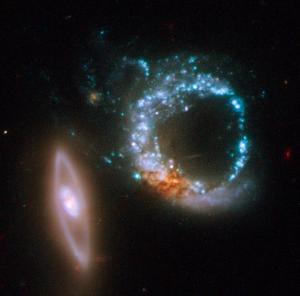
© NASA, ESA, and M. Livio (STScI)Perfect "10" due to the chance alignment of two galaxies. The left-most galaxy, or the "one" in this image, is relatively undisturbed, apart from a smooth ring of starlight. It appears nearly edge-on to our line of sight. The right-most galaxy, the "zero" of the pair, exhibits a clumpy, blue ring of intense star formation.
And literally "10" for appearance too, due to the chance alignment of the two galaxies. The left-most galaxy, or the "one" in this image, is relatively undisturbed, apart from a smooth ring of starlight. It appears nearly edge-on to our line of sight. The right-most galaxy, the "zero" of the pair, exhibits a clumpy, blue ring of intense star formation.
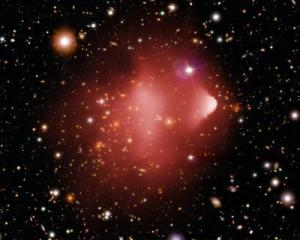
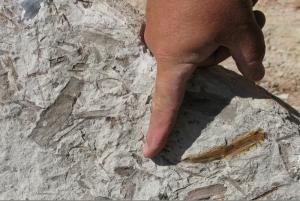

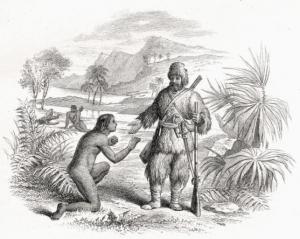
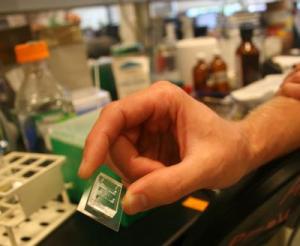
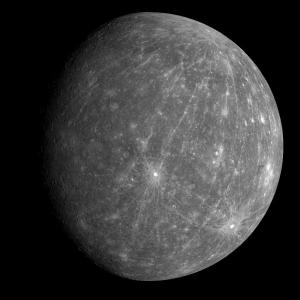




Comment: "This is the most mindless, ignorant, uninformed comment that we have seen from Governor Palin so far, and there's been a lot of competition for that prize." - Richard Wolfe, Newsweek